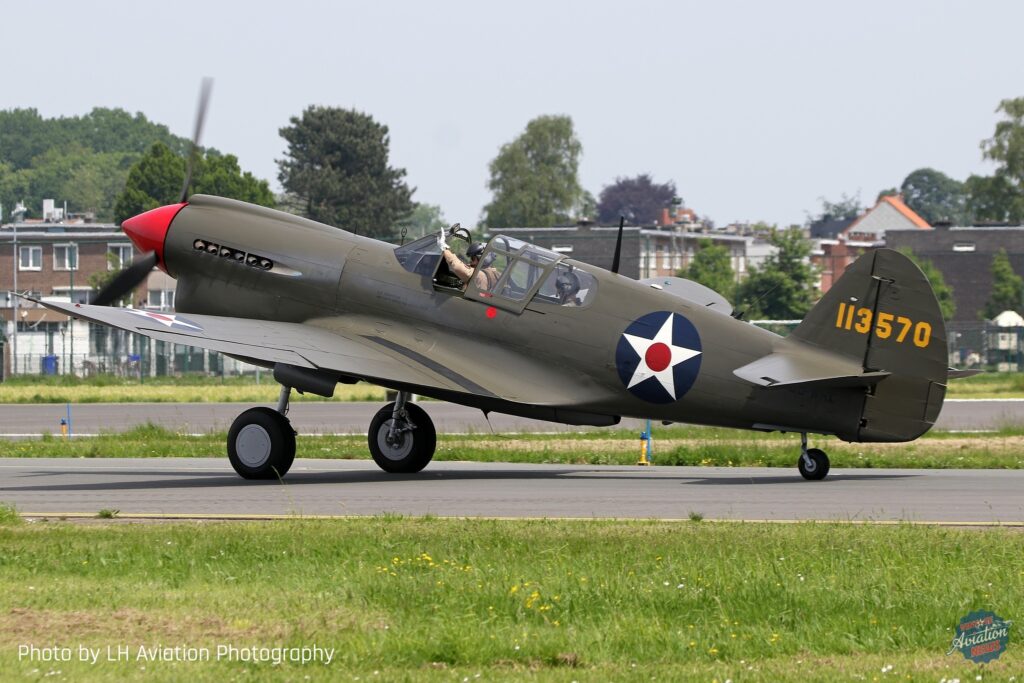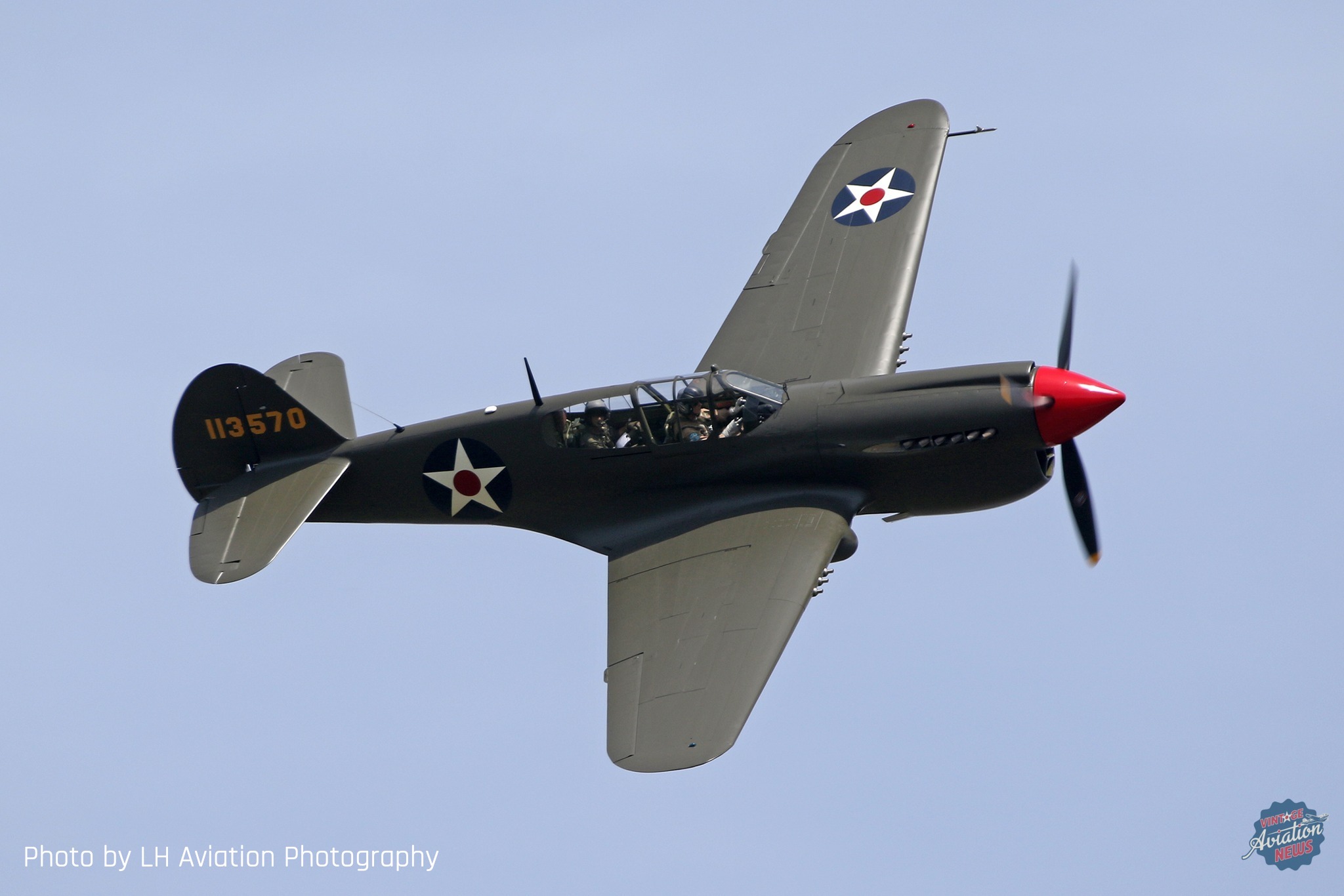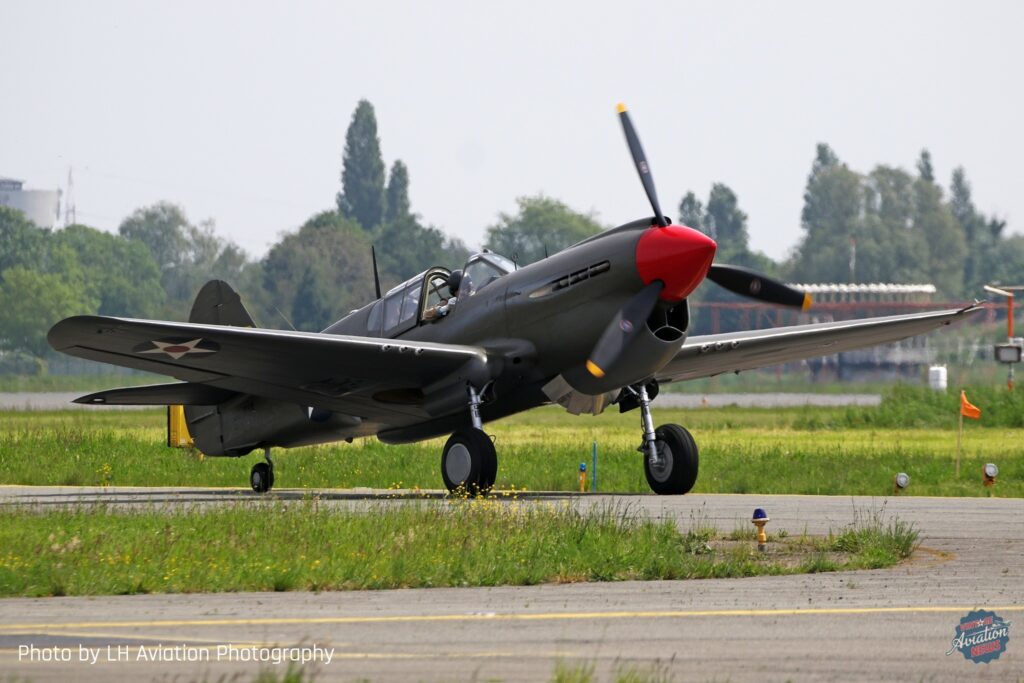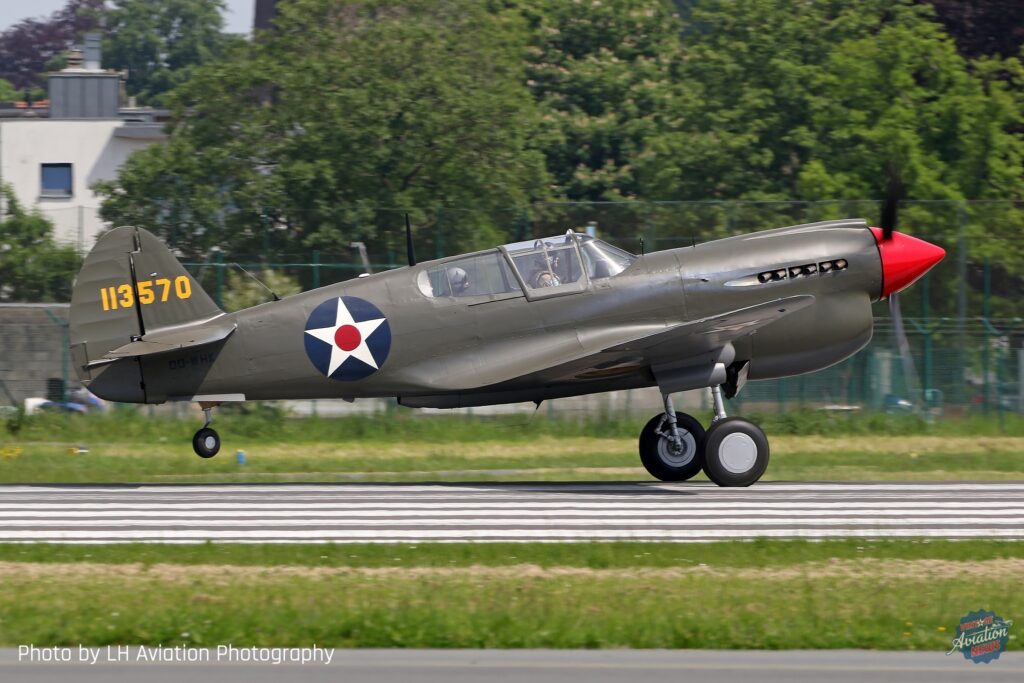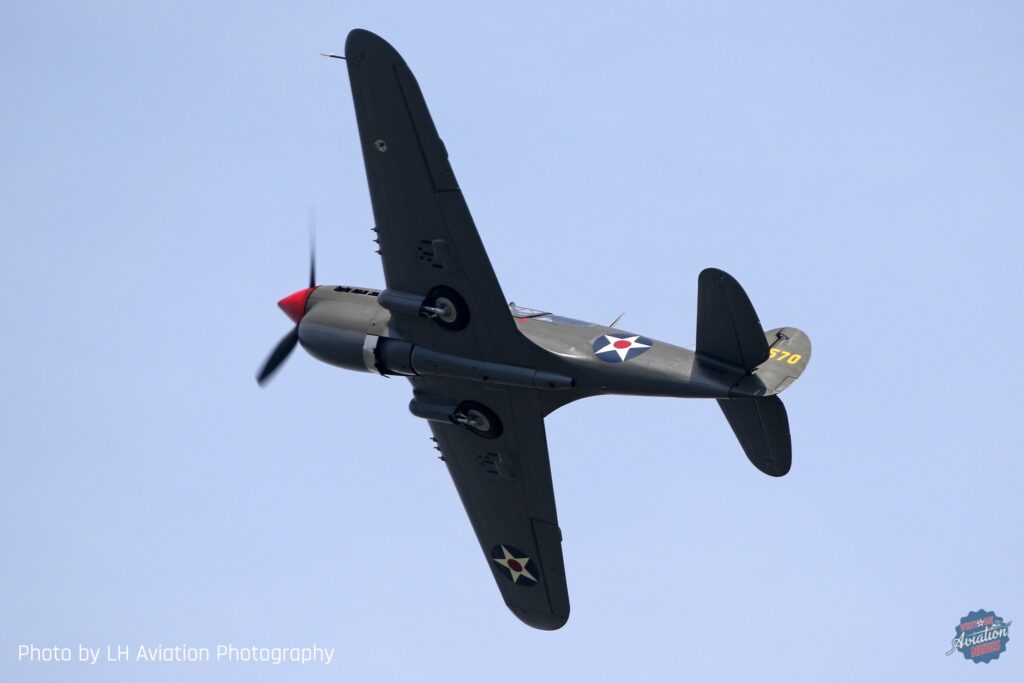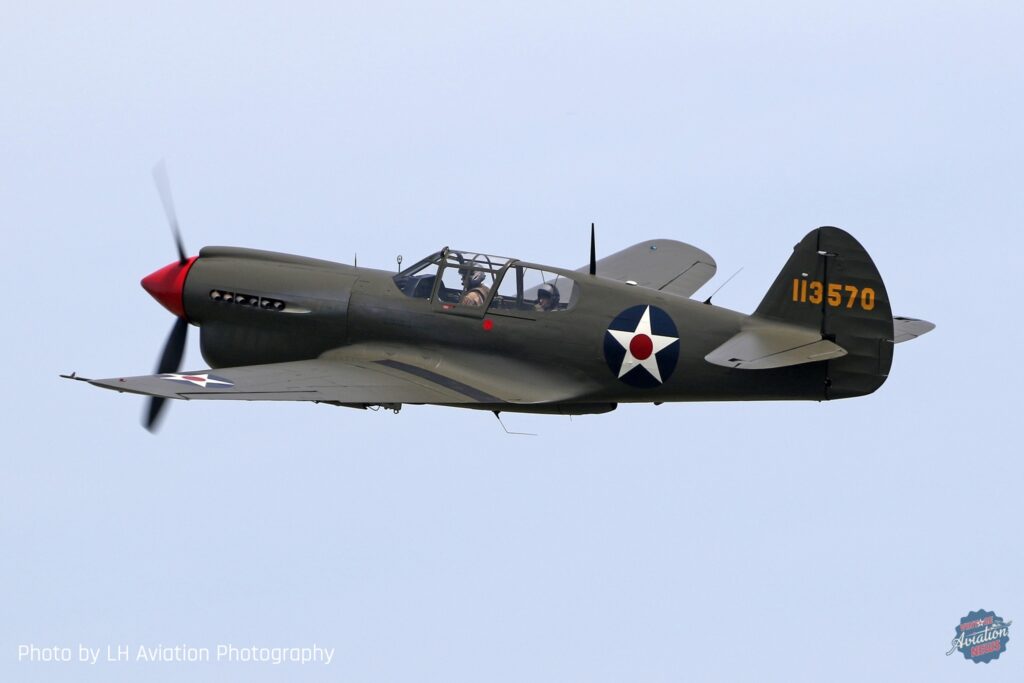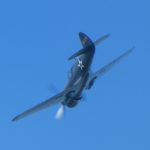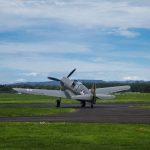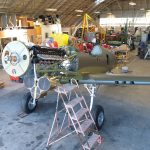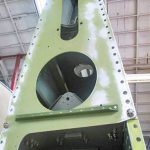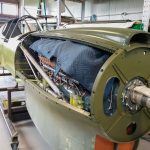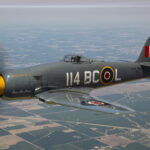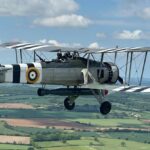On May 12, 2024, Curtiss P-40E Warhawk USAAF #41-13570 (OO-WHK) flew for the first time under Belgian ownership. The flight took place at the Stampe Fly-In at Antwerp International Airport (Deurne) which is home of the Stampe and Vertongen Museum.

For a historical recap, some readers may recall that this P-40E served with the Soviet Air Forces during what the Soviets called “The Great Patriotic War” under Lend-Lease. It first flew in late 1941, with the U.S. Army Air Forces (USAAF) and was formally accepted on January 23rd, 1942. Once in the in the Soviet Union, the fighter moved to Murmashi, just south of Murmansk, where she became a part of the Soviet 14th Army with the locally based 20th Guards Fighter Aviation Regiment (GvIAP) whose duties were to cover the Kola Peninsula and Murmansk. In the early hours of June 1st, 1942, Jr. Lt. A. V. Pshenev Kittyhawk was at the controls of this aircraft flying alongside P-39s and P-40s from the 19 GvIAP to escort Tupolev SB bombers on a mission to attack a German-held airfield at Petsamo.
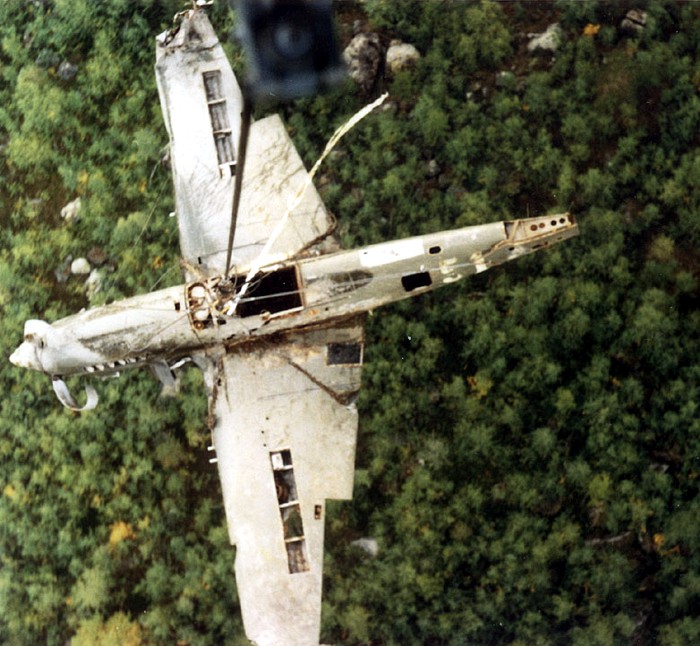
They encountered heavy opposition from the Luftwaffe, tangling with Messerschmitt Bf 109s of II/JG5 near Pja Ozero just west of Murmansk. During the melee, Pshenev’s P-40 received hits to its engine, which rapidly began to overheat. The pilot decided to ditch the aircraft in Lake Kod Ozero, rather than risk the uncertainty of putting her down in the obstacle-strewn tundra nearby. Pshenev survived the heavy impact as his P-40 down-struck the still semi-frozen lake surface, and made it safely to shore, likely imagining that his now-sinking P-40, was gone forever, but amazingly, on August 31st, 1997 a recovery team raised the P-40 from the lake. The bedraggled though largely intact airframe initially went to a British collector, but over the next few decades the project passed between a number of different owners and restoration shops before landing at Pioneer Aero in Auckland, New Zealand in 2015.
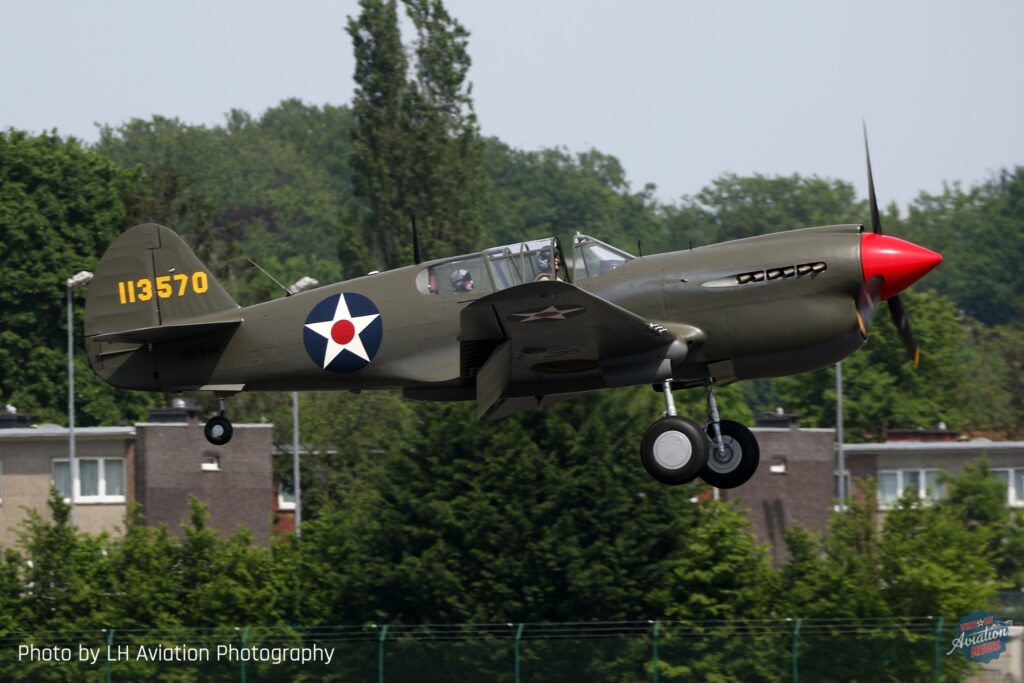
During the restoration, the aircraft was converted to a dual-control trainer. On May 14th, 2021 it was given the New Zealand registration ZK-MOM for the test flying program, and on November 11th of that year the P-40E made its first successful test flight. On August 11th, 2022 the New Zealand registration was canceled and the aircraft was disassembled, and shipped to FAST Aero at Brasschaat, Belgium for some finishing touches before going to its new owner.
The aircraft was registered F-AYKH on September 23rd, 2023, and was first shown to the public the next day at the Flying Festival at Brasschaat. Over the winter work continued on the aircraft and on March 6th, 2024 the first local test flight was made as F-AYKH, but at that point, the Italian owner, Claudio Coltri, had changed his mind and the aircraft was offered for sale and was acquired by a new Belgian owner. The French registration was canceled on April 30th, 2024 and it received the Belgian registration OO-WHK that was reserved a few days earlier on April 26th.
Many thanks to LH Aviation Photography for allowing the use of the photos. For more great photos of European aviation, click HERE.
